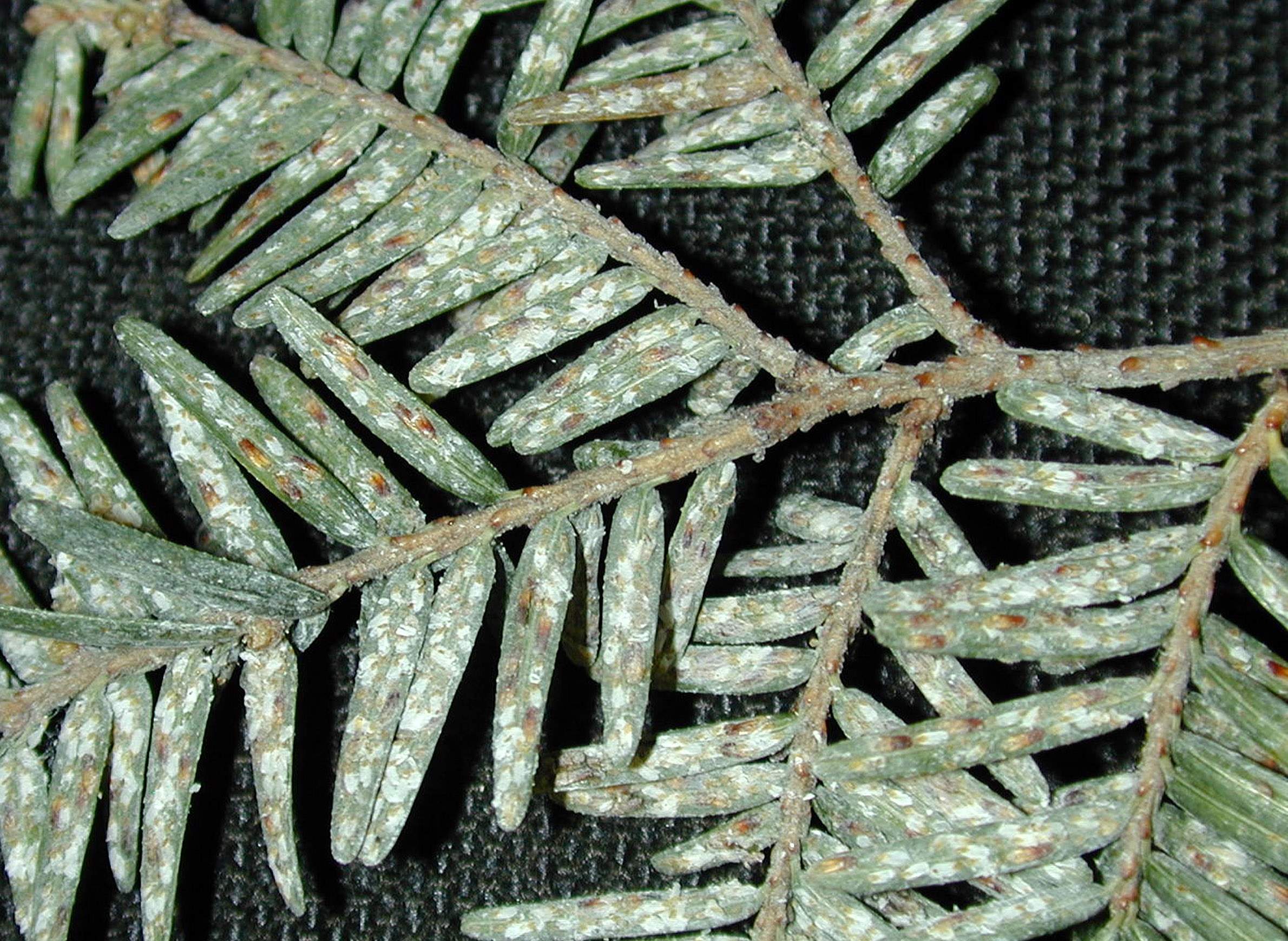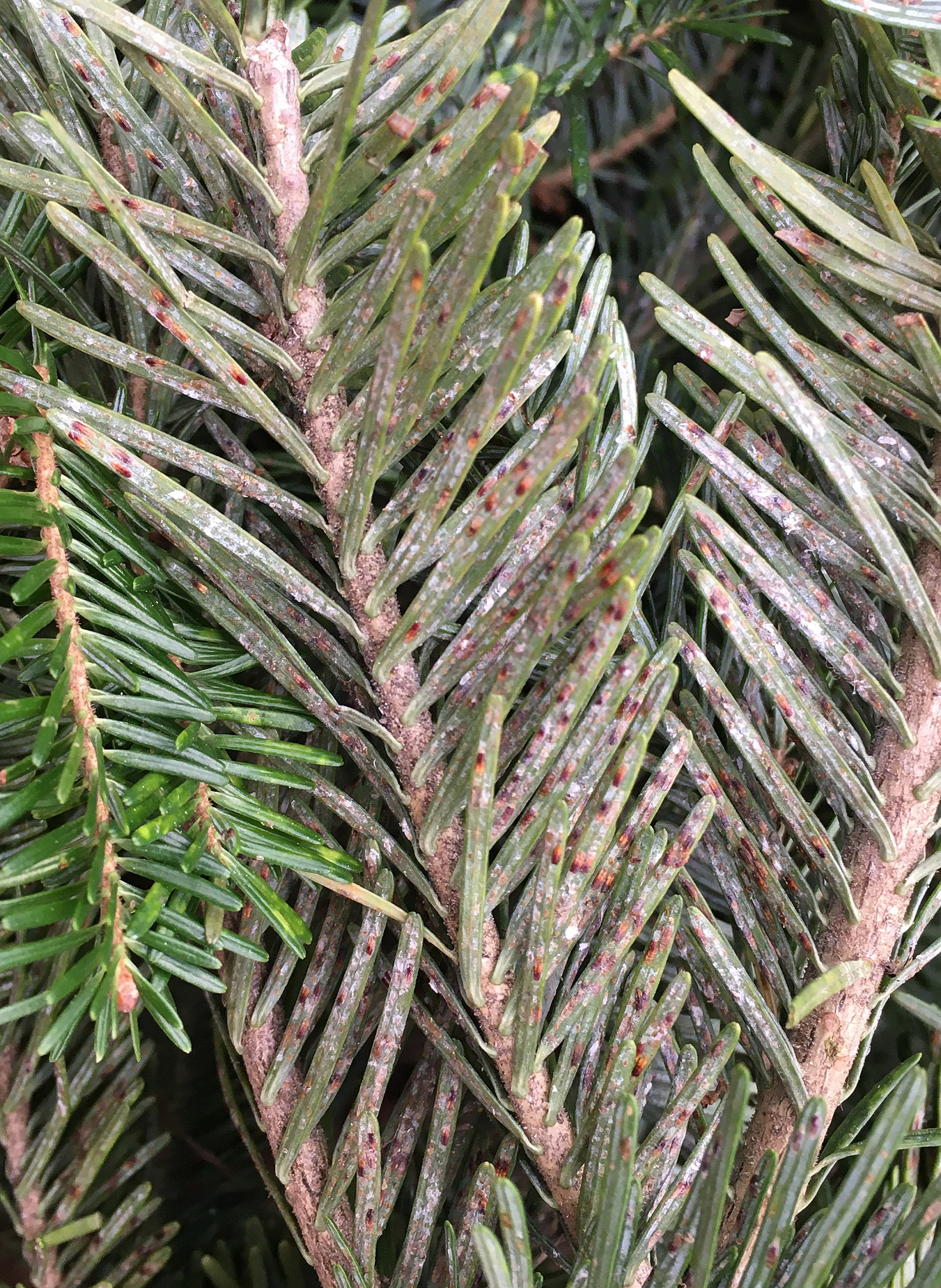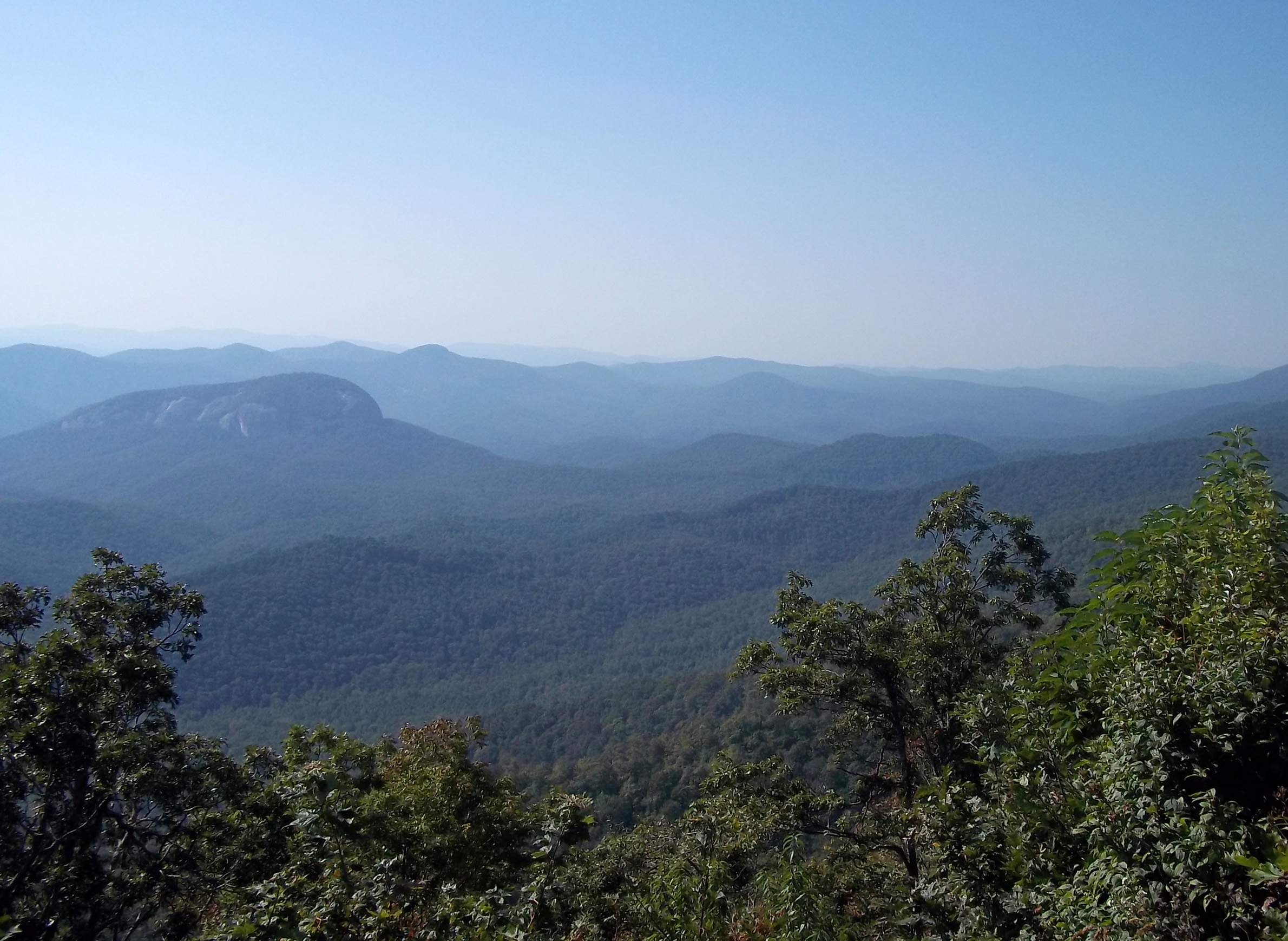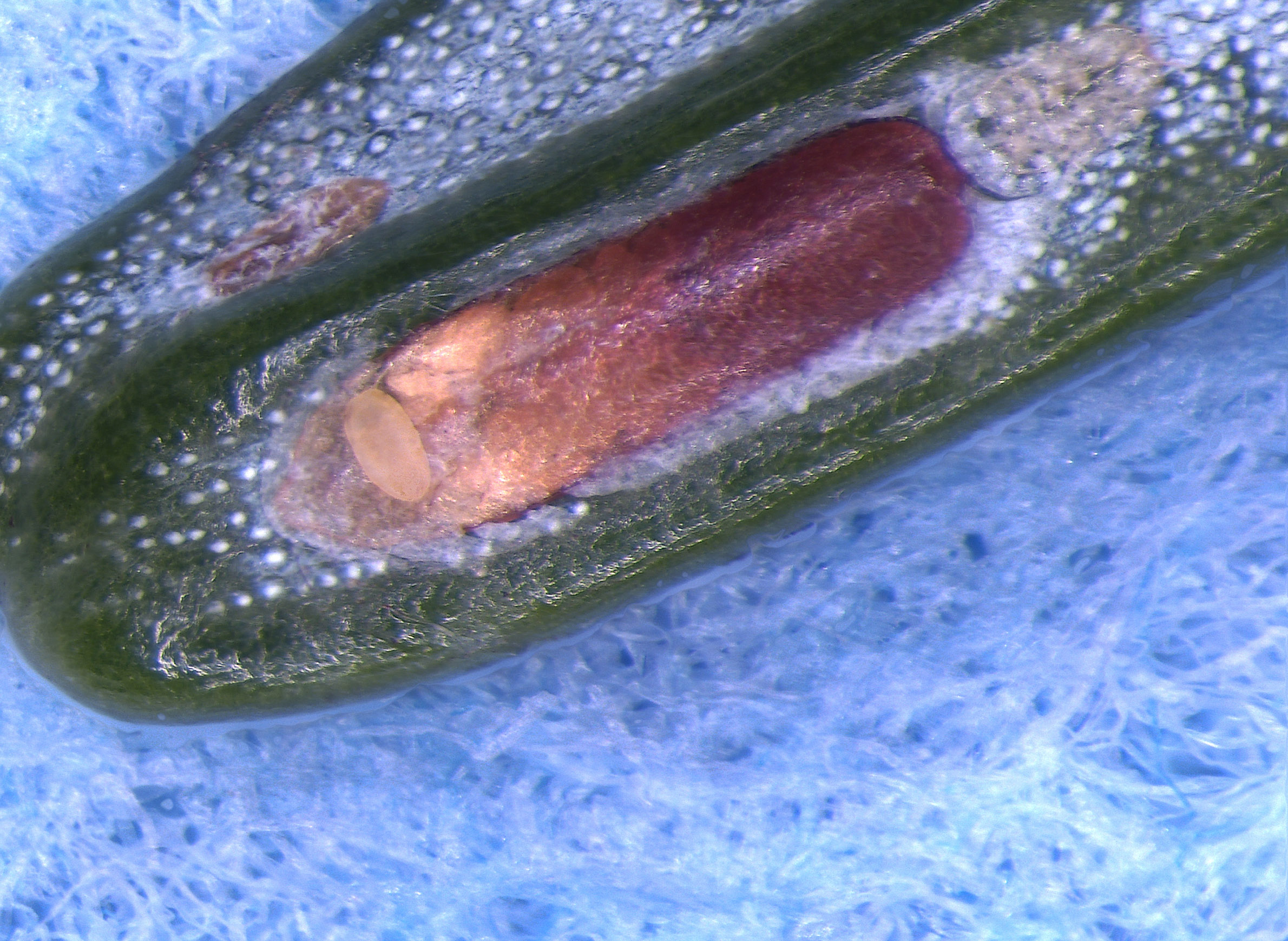
The Invasive Elongate Hemlock Scale Makes A Return Incursion To Wisconsin

Christmas has come and gone for 2019, but an uninvited Grinch may still be lurking to steal the holiday spirit. The Grinch in this case isn't the green gremlin-esque Seussian being, but a tiny invasive insect known as the elongate hemlock scale. For the second consecutive year, the Wisconsin Department of Agriculture, Trade and Consumer Protection found that fir Christmas trees, wreaths, and other holiday decorations infested with the insect had been shipped to Wisconsin from North Carolina, and urged consumers who purchased evergreen products to check for the pest and make sure Christmas greenery is properly disposed.
The elongate hemlock scale (Fiorinia externa) is native to Japan and was first detected in the United States in Queens, New York over a century ago. Since that time, the species has spread to 15 states in the eastern U.S. In 2018, the species was found on evergreen wreaths and boughs imported to Wisconsin, and the state issued a similar warning urging proper disposal.
Elongate hemlock scale attacks over 40 species of conifers — especially eastern hemlock (Tsuga canadensis) which can be common throughout the Appalachian Mountains, as well as Fraser fir (Abies fraseri) and balsam fir (Abies balsamea), which are commonly grown as Christmas trees. Certain types of spruces and pines can also be attacked.
Established populations of elongate hemlock scale are not known in Wisconsin, but the detection of this pest in products shipped to the state raises concerns for Christmas tree growers, the plant nursery industry, tree care professionals, and homeowners with conifer trees in their yards. Forested areas are also at risk, meaning the stakes are potentially high with this insect.
While insect activity is quiet in the Midwest in winter, various species can easily hitch rides indoors, with the elongate hemlock scale among those with a Christmas connection. The picturesque Blue Ridge Mountains of western North Carolina provide ideal habitat for Fraser firs, one of the most popular species of Christmas trees. North Carolina farmers grow approximately one-quarter of all the Christmas trees sold in the U.S. each year, and with elongate hemlock scale established in that state, it increases the risk of movement of this invasive insect around the country.
Elongate hemlock scales look unusual as far as insects go. These insects have traded mobility for defense — they hunker down on plants and produce a waxy coating which helps protect them from predators and parasites. As a result, they aren't easily recognizable as insects since the usual signs of segmentation — body regions, legs, antennae — are not readily visible. Instead, these insects have a vague, oblong appearance.
Adult females are small (just under one-tenth of an inch long) and are covered with a waxy brownish coating. They are typically found on the undersides of needles. Males are slightly smaller and develop beneath pale whitish coverings. Mature males do emerge with wings but are weak fliers and travel short distances to mate with the wingless, immobile females.
Under their protective coatings, elongate hemlock scales use needle-like mouthparts to suck fluids from plants. With their small size, damage occurs when large numbers of individuals infest plants. Their waxy coverings also limit the effectiveness of insecticides, making the species a challenging pest to control if they become established.
Because elongate hemlock scale was detected in Wisconsin in Christmas trees and other holiday decorations in 2019, a key objective at this point is to prevent this insect from getting a foothold in the state. By all means, holiday decorations can be kept up and enjoyed, but when these materials are removed, there are important ways to help prevent the species from becoming established in Wisconsin.
First, if a Christmas tree or natural wreaths, garlands or other decorations are from a local tree farm or elsewhere in Wisconsin, no special precautions are needed for elongate hemlock scale. Because the species is not established in the state, these materials can be removed as usual at the end of the holiday season.
If a Christmas tree or natural wreaths, garlands, or other decorations are from a big box store, grocery store or similar vendor, or if the origins of these materials are unclear, it is advised to check these materials for signs of elongate hemlock scale (i.e., brown spots on the undersides of needles). The Department of Agriculture, Trade and Consumer Protection is advising that infested or suspect materials preferably be burned (the state Department of Natural Resources provides information about burn permits and restrictions). Alternatively, such materials can be bagged and discarded as waste. Infested or suspect materials should not be composted or used for wildlife habitat in the yard.





